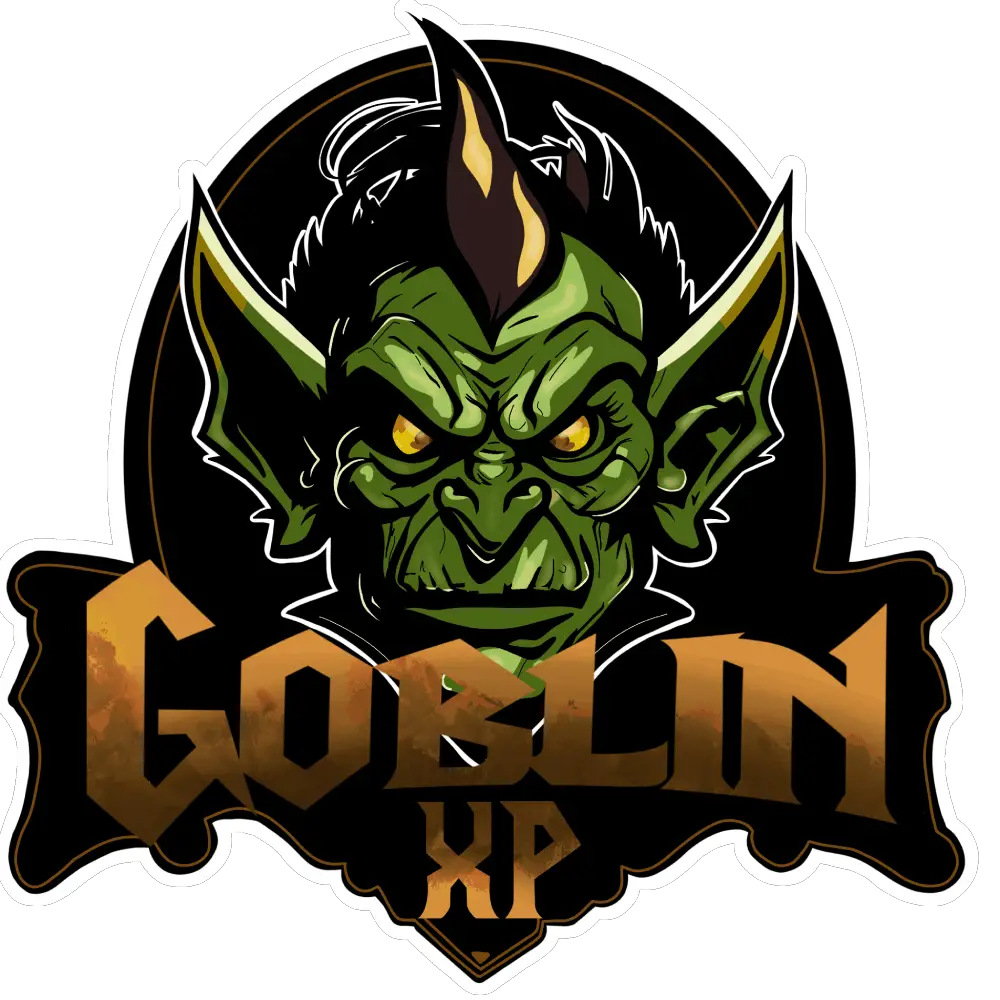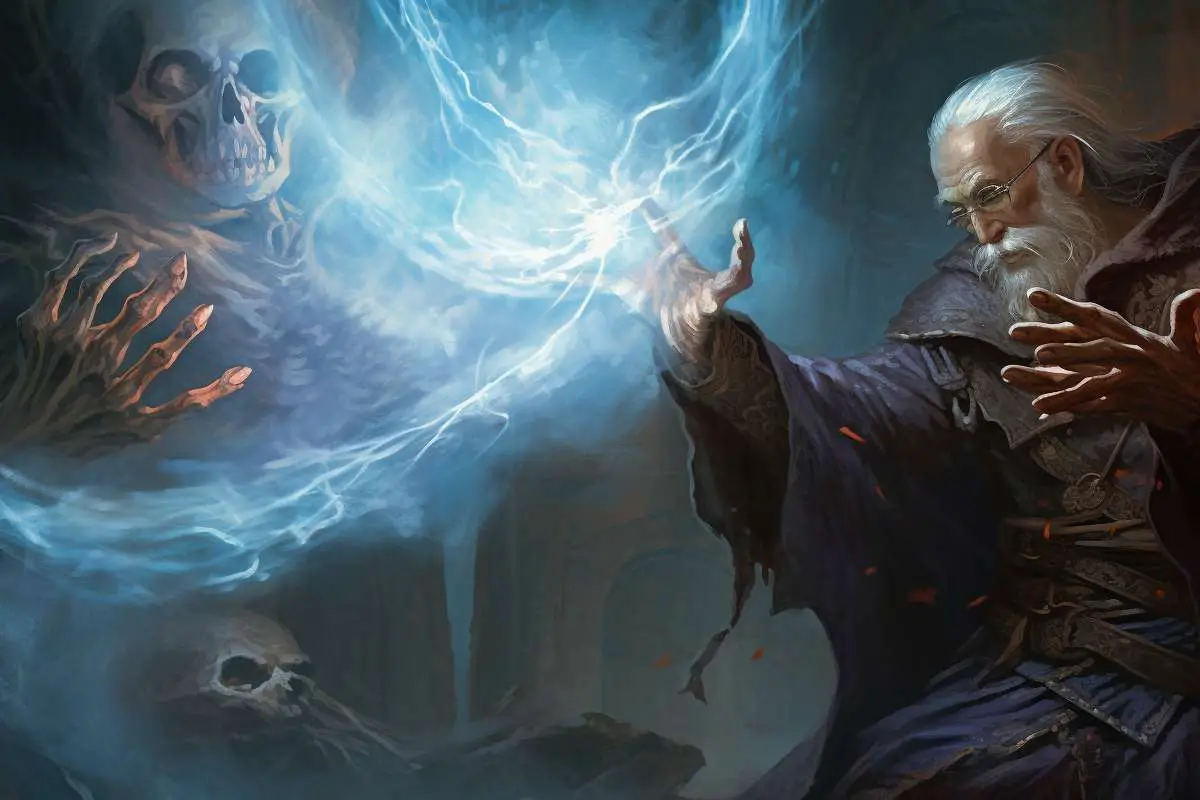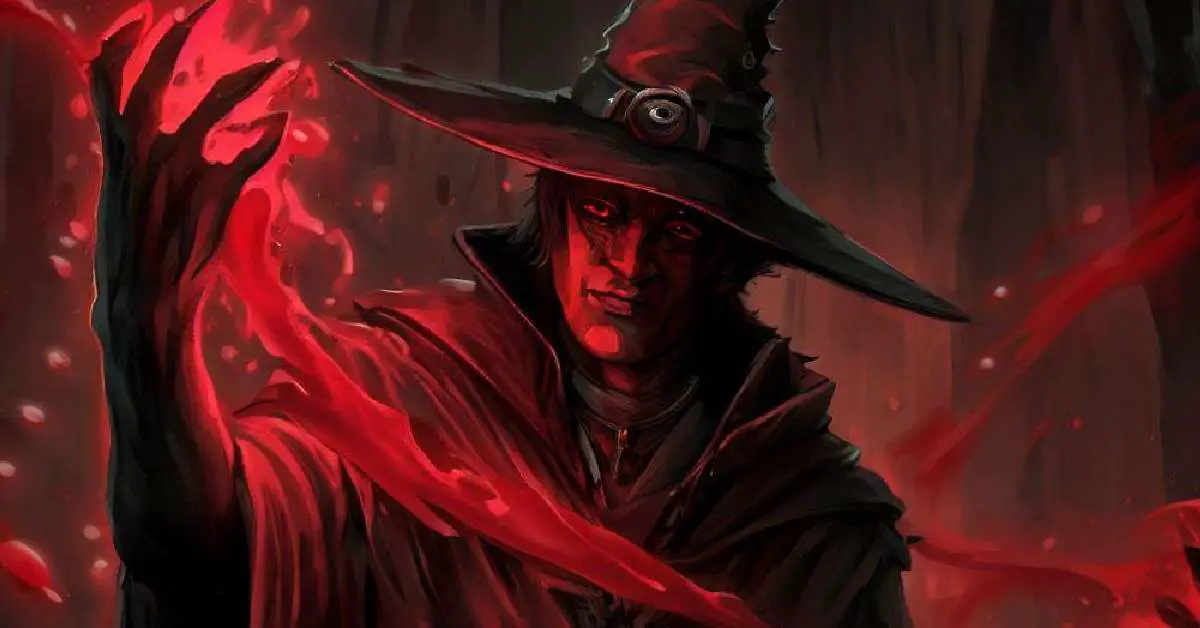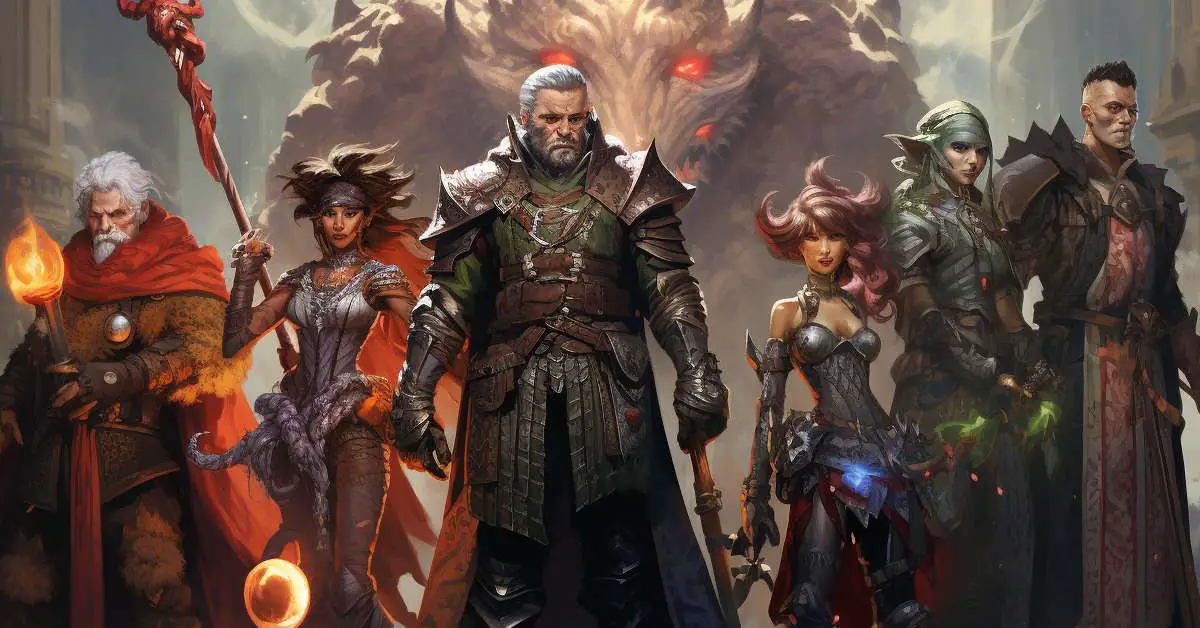
Welcome to our guide on the two most popular tabletop role-playing games: Dungeons & Dragons 5th Edition (D&D 5E) and Pathfinder 2nd Edition. Whether you’re a seasoned player or brand new to the genre, it can be challenging to choose between these two RPG systems. Our article will provide a comprehensive comparison of D&D 5E and Pathfinder 2E, with a focus on game mechanics, character creation, combat systems, storytelling, and rules complexity.
By the end of this guide, you’ll have a better understanding of the strengths and weaknesses of both games and be able to decide which game is right for you. So, let’s dive into the exciting world of tabletop RPGs and explore the differences between D&D 5E and Pathfinder 2E!
Understanding the Tabletop RPG Genre
If you’re new to the world of tabletop RPGs, let’s begin by defining the genre. Tabletop role-playing games (RPGs) are games in which players assume the roles of characters in a fictional setting. The actions and decisions of these characters, made by the players themselves, help to shape the course of the game.
There are many different RPG systems, each with their own unique rules and mechanics. Some popular systems include Dungeons and Dragons, Pathfinder, and World of Darkness.
One of the most important aspects of tabletop RPGs is the freedom they offer players. Unlike many traditional board games, RPGs do not have a predetermined storyline or outcome. Instead, players are encouraged to take the game in whatever direction they choose, creating a truly unique experience.
The Role of the Game Master
In most RPG systems, one player is designated as the Game Master (GM) or Dungeon Master (DM). This player is responsible for creating the world in which the game takes place, as well as guiding the other players through the story. The GM also controls non-player characters (NPCs) and decides how the game world reacts to the actions of the players.
While the GM has a lot of power in the game, it’s important to note that their goal is not to “win” against the other players. Instead, they strive to create a fun and engaging experience for everyone involved.
Tabletop RPGs and Social Interaction
Tabletop RPGs are also a great way to socialize and connect with others. Because the game is cooperative in nature, players must work together and communicate effectively to achieve their goals. This can lead to a strong sense of camaraderie and teamwork among the group.
Additionally, RPGs offer players the chance to explore different aspects of their own personalities through their characters. Playing a character who is vastly different from oneself can be a fun and cathartic experience.
So why not give a tabletop RPG a try? You might just discover a new hobby and make some great new friends along the way.
An Introduction to D&D 5E
Dungeons and Dragons (D&D) 5th Edition is a tabletop RPG system that was first published in 2014 by Wizards of the Coast. It is the latest iteration of the game and has quickly become one of the most popular RPG systems in the world.
The game mechanics of D&D 5E are designed to be accessible to new players while still providing a deep and rich gameplay experience. One of the unique features of D&D 5E is its advantage/disadvantage mechanic, which simplifies the game by replacing complex modifiers with simple advantage or disadvantage on the roll.
Character creation in D&D 5E is also streamlined, with players able to choose from a variety of races and classes to create their character’s backstory and abilities. Each class has its own unique set of abilities, ensuring that no two characters play exactly the same way.
The game balances combat and non-combat encounters, with a focus on role-playing and storytelling. The Dungeon Master (DM) is responsible for creating the game world and guiding players through the story while also controlling the game’s non-player characters (NPCs).
D&D 5E is known for its flexibility, allowing players to tailor their gameplay experience to their preferences. Whether players prefer a more combat-focused adventure or a story-driven campaign, D&D 5E can accommodate a variety of playstyles.
Exploring Pathfinder 2E
Pathfinder 2nd Edition, also known as PF2E, is the successor to the popular Pathfinder 1st Edition. The game was released in August 2019 and quickly gained a following among tabletop RPG enthusiasts. In this section, we will explore the game mechanics and character creation process of Pathfinder 2E.
Game Mechanics
Pathfinder 2E uses a similar game system to its predecessor, with players rolling a twenty-sided die (d20) to determine the success or failure of their actions. However, the game introduces new features such as the three-action system, which allows players to take multiple actions in a single turn, and the four degrees of success or failure, providing more nuanced outcomes for skill checks and combat.
The game also has a detailed set of rules for character customization, including a wide range of ancestry and class options. Additionally, players can choose from a variety of backgrounds, allowing them to create unique and complex characters.
Character Creation
Character creation in Pathfinder 2E is a detailed process that allows players to fully customize their characters based on their playstyle. Players can choose from a variety of ancestries, including humans, elves, dwarves, and goblins, each with its own set of abilities and traits.
Players also select a class for their character, such as fighter, wizard, or rogue, determining their character’s abilities and skills. Finally, players can choose from a variety of backgrounds, which provide additional skills and abilities based on a character’s past experiences.
“Pathfinder 2E’s character creation process is highly detailed, allowing players to fully customize their characters based on their preferences and playstyle.”
In conclusion, Pathfinder 2E introduces several new and innovative features to the Pathfinder system, including a more streamlined action system and a detailed character creation process. Its emphasis on character customization and nuanced outcomes for actions makes it a great choice for players who enjoy detailed roleplaying games.
Comparing Game Mechanics
D&D 5E and Pathfinder 2E have a lot in common but also differ in significant ways. One of the most distinct differences is the underlying game mechanics. Let’s take a closer look at how they compare.
| Game Mechanic | D&D 5E | Pathfinder 2E |
|---|---|---|
| d20 System | D&D 5E uses the d20 system, which involves rolling a 20-sided die to determine success or failure. This system allows for a wide range of outcomes and adds an element of chance to gameplay. | Pathfinder 2E also uses the d20 system, but it adds a twist with the concept of “degrees of success.” Based on the roll and the character’s abilities, the outcome can be a critical success, success, failure, or critical failure, which adds a unique strategic element to combat and skill checks. |
| Game Balance | D&D 5E prides itself on being accessible to new players and balanced for a range of playstyles. It prioritizes simplicity and ease of use, making it an excellent choice for beginners or those who value storytelling over rules. | Pathfinder 2E, on the other hand, is known for its intricate rules and complex mechanics. It rewards players who enjoy crunching numbers and optimizing their characters, making it a great choice for those who prefer strategy and tactical gameplay. |
Both games offer unique gameplay experiences, and each has its own strengths and weaknesses. It ultimately comes down to your personal preference and playstyle.
“Whether you prefer a more streamlined and accessible game or a deep and complex system, there’s a tabletop RPG out there for everyone.”
The Combat Systems
Combat is a crucial aspect of both D&D 5E and Pathfinder 2E. Each game has its unique mechanics that govern how combat plays out.
In D&D 5E, combat is streamlined and simplified, allowing for smooth gameplay. The game focuses on narrative elements, encouraging players to engage with the story and the world around them. Combat in D&D 5E is turn-based, with each character taking their turn in sequence based on their initiative. This system ensures that combat is fair and balanced, giving every player a chance to participate in the action.
Pathfinder 2E offers a more complex combat system, with a greater emphasis on tactical play. The game has a wide range of combat actions that can be used, allowing players to craft their strategy and approach to combat. Pathfinder 2E also features a unique three-action system that enables players to take multiple actions during their turn, giving them more control over their character’s actions and decisions.
While each game has its advantages and disadvantages, the choice between them ultimately comes down to personal preference. D&D 5E is ideal for players who want a more streamlined and narrative-driven experience, while Pathfinder 2E is perfect for those who enjoy tactical gameplay and more complex combat mechanics.
Unleashing Your Creativity: Storytelling in D&D 5E and Pathfinder 2E
One of the key draws of tabletop RPGs is the ability to participate in immersive storytelling experiences. Both D&D 5E and Pathfinder 2E provide players with unique tools and mechanics to unleash their creativity and bring their characters to life.
D&D 5E offers a more streamlined approach to storytelling, with a focus on allowing players to easily create and develop their characters. The game’s character creation process encourages players to think about their character’s backstory, personality traits, and goals, providing ample opportunity for role-playing and storytelling within the game.
The game also includes a range of spells and abilities that can be used to create compelling storylines and dynamic encounters. Dungeon Masters can utilize these tools to craft intricate and engaging adventures that challenge players and allow them to make meaningful choices that impact the outcome of the game.
On the other hand, Pathfinder 2E provides players with a more detailed and customizable character creation process. The game’s extensive character creation rules allow players to create highly nuanced and complex characters with unique abilities and backgrounds.
In addition, the game’s complex mechanics provide ample opportunities for players to engage in strategic planning and decision-making, creating tense and exciting gameplay experiences that can lead to memorable storytelling moments.
Both games also offer a range of tools and mechanics to support storytelling, including detailed lore and worldbuilding resources, as well as rules for non-combat encounters and social interactions.
“Tabletop RPGs like D&D 5E and Pathfinder 2E provide players with endless opportunities for creative expression and immersive storytelling. Whether you prefer a more streamlined and accessible approach or a more complex and nuanced one, both games offer unique and compelling gameplay experiences that can lead to unforgettable storytelling moments.”
RULES COMPLEXITY: D&D 5E VS PATHFINDER 2E
One of the most significant differences between D&D 5E and Pathfinder 2E is the level of complexity in their respective rule systems. While both games rely on the d20 system for resolving actions, Pathfinder 2E has a more extensive set of rules for character creation and combat.
Pathfinder 2E’s rule system is built around a series of mechanics that are intended to increase the depth and complexity of the game. This includes the use of three different action types (move, standard, and free), as well as special conditions like flat-footed and frightened. The game also has more detailed rules for character creation, including the use of ancestries and backgrounds to create a more nuanced and unique character.
D&D 5E, on the other hand, has a much simpler rule system that is designed to be more accessible to new players. Character creation is streamlined, and combat is resolved using a simpler action economy. This allows players to jump into the game more easily and focus on storytelling and role-playing rather than being bogged down in complex rules.
While Pathfinder 2E’s rules may be more complex, they also offer a greater level of customization and depth for players who enjoy the tactical aspect of RPGs. On the other hand, D&D 5E’s simplified rules make it easier for players to focus on the narrative and explore their character’s backstory and motivations.
“Pathfinder 2E’s rules may be more complex, but they also offer a greater level of customization and depth for players who enjoy the tactical aspect of RPGs. On the other hand, D&D 5E’s simplified rules make it easier for players to focus on the narrative and explore their character’s backstory and motivations.”
Which Game is Right for You?
Choosing between Dungeons & Dragons 5E and Pathfinder 2E can be a difficult decision, especially for new players. Each game has its unique strengths and weaknesses, and ultimately the choice comes down to personal preference and playstyle.
If you’re looking for a game with a simpler, more streamlined ruleset, D&D 5E may be the better choice. The game mechanics are easy to understand and the system is more forgiving for new players. Plus, with its large player base, finding a group to play with is relatively easy.
On the other hand, if you’re looking for a game with more complexity and depth, Pathfinder 2E may be the way to go. The game’s character creation system is robust, and the game mechanics provide more options for customization and strategy. Additionally, the game’s community provides a wealth of resources and content for players to explore.
Ultimately, the best way to determine which game is right for you is to try them both out. If possible, try playing a one-shot or short campaign of each game to get a feel for the mechanics and playstyle. Consider what aspects of the game you enjoy most and which system suits your preferences best.
Remember, at the end of the day, the most important factor is to have fun and enjoy the game with your friends and fellow players. Whether you choose D&D 5E or Pathfinder 2E, both games offer rich and immersive experiences that are sure to leave you with lasting memories and a desire for more adventures.
Frequently Asked Questions
Still unsure about which game is right for you, or want to know more about the differences between D&D 5E and Pathfinder 2E? Here are some frequently asked questions to help you decide:
Q: Which game is more beginner-friendly?
A: While both games can be learned by beginners with a little patience and practice, D&D 5E is generally considered more accessible for newcomers due to its streamlined rules and mechanics.
Q: Which game has better character customization options?
A: Both D&D 5E and Pathfinder 2E offer a wide range of character creation options, but Pathfinder 2E arguably has more depth in terms of character customization, giving players more control over the development of their characters.
Q: Which game has a more balanced combat system?
A: Both games have balanced combat systems, but Pathfinder 2E places a stronger emphasis on tactical combat and strategic decision-making, while D&D 5E focuses more on narrative flow and improvisation.
Q: How do the games differ in terms of rules complexity?
A: Pathfinder 2E is generally considered more rules-heavy than D&D 5E, with more detailed mechanics and a steeper learning curve. However, some players prefer this level of complexity for its depth and immersion.
Q: Are there any major differences in setting or lore between the two games?
A: While both games share some similarities in terms of setting and lore, they also have distinct differences. D&D 5E uses a high-fantasy setting with a focus on exploration and adventure, while Pathfinder 2E has a more grounded, low-fantasy setting with a focus on political intrigue and realism.
Q: Which game is better for role-playing and storytelling?
A: Both games offer robust opportunities for storytelling and role-playing, but the emphasis and mechanics differ slightly. D&D 5E is known for its flexibility and improvisation, allowing players to weave their own stories and narratives, while Pathfinder 2E offers more structured mechanics for developing characters and engaging with the world.
Q: Which game has a larger player base and community?
A: D&D 5E has a larger and more established player base and community, but Pathfinder 2E has a dedicated and enthusiastic following among role-playing game enthusiasts.
Ultimately, the choice between D&D 5E and Pathfinder 2E depends on your personal preferences and playstyle. Take the time to explore both games and see which one feels like the best fit for you and your group!
